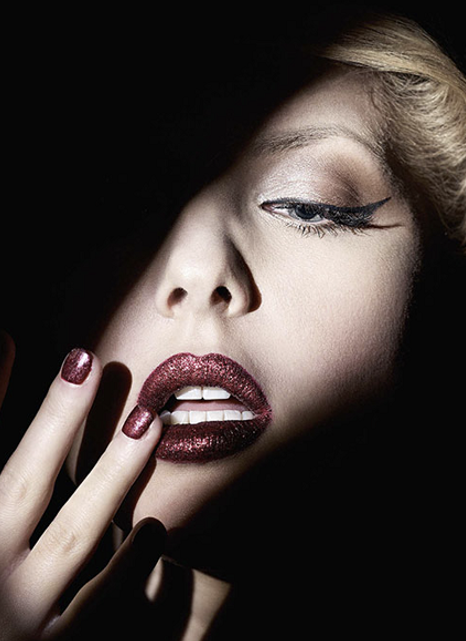Erarta Museum of Contemporary Art presented an exhibition showcasing the whimsical and touching doll-like sculptures created by Andrey Drozdov and Roman Shustrov
-
Spellbinding creations of Roman Shustrov, the artist behind the celebrated St. Petersburg Angel monument, that brim with light and kindness
-
Andrey Drozdov’s futuristic pieces designed to intrigue and spur the viewers’ imagination
-
Art dolls crafted mostly from papier-mâché, each with its distinctive mood and character
It could be argued that every person has at least once registered a desire to live several different lives in a single lifetime. To realise this need, some become actors and try on someone else’s fates, while others start collecting dolls and thus escape into self-constructed parallel realities around them. However, dolls designed in the human image and likeness for entertainment only cannot reveal new worlds or new life scenarios – this can only be done by those creatures which have acquired a personality of their own. This Is Not Serious, a showcase of exactly such masterpieces, presents only a fraction of Vadim Zverev’s immense private collection. The works by Andrey Drozdov and Roman Shustrov featured in the show are not so much art dolls as doll-like sculptures, veering ever further away from the anthropomorphism of a doll towards sculptural metaphor.
Andrey Drozdov uses papier-mâché, wire gauze, and silicone film to convincingly imitate metal and wood. His sculptures are rich in mechanical details, leading one to assume that the artist is fascinated by the bizarre aesthetic of steampunk. All this serves to shape his signature ‘glamorous masculinity’ style. Without disclosing all of his trade secrets, Andrey describes his creative process thus: ‘A chemical reaction sparks between you and the artwork, and your creation starts to lead the way, so that you can relax and entrust yourself to it. You only need to make sure that what you are doing is genuine. It is essentially a sculptor’s approach, an approach that legitimates spontaneity.’
Roman Shustrov’s pieces are also crafted from papier-mâché. The artist utilised homemade wheat paste and newspapers, intentionally choosing only those scraps that contained news and articles that he liked. This ensured that the material, and thereby the dolls made from it, would be ‘peaceful’ and ‘kind.’ Everyone who knew the artist personally recalls his tactful politeness and his efforts to preserve the unique culture of his home city. All these traits are reflected in his artworks. Roman Shustrov’s characters seem instantly recognisable and look like typical dwellers of St. Petersburg. These touching fellows resembling flowers reaching out towards the sun are somewhat of a cross between an angel and a sad mime. The three angels designed by Roman Shustrov, cast in bronze and placed in various city neighbourhoods, have become the new St. Petersburg landmarks.
The dolls showcased in the Erarta exhibition are artistic visions rather than toys: each one could start a story, or even several stories. The dolls can be ‘brought to life’ not just by children and artists, but by any observant viewer: while looking at them, feel free to imagine who they are and what kind of secret, carefully concealed lives they could possibly lead. Dolls teach us empathy, capable of pushing us beyond the inertia of our own existence and making us see the world through the eyes of not just another human – but perhaps a totally different – being.






